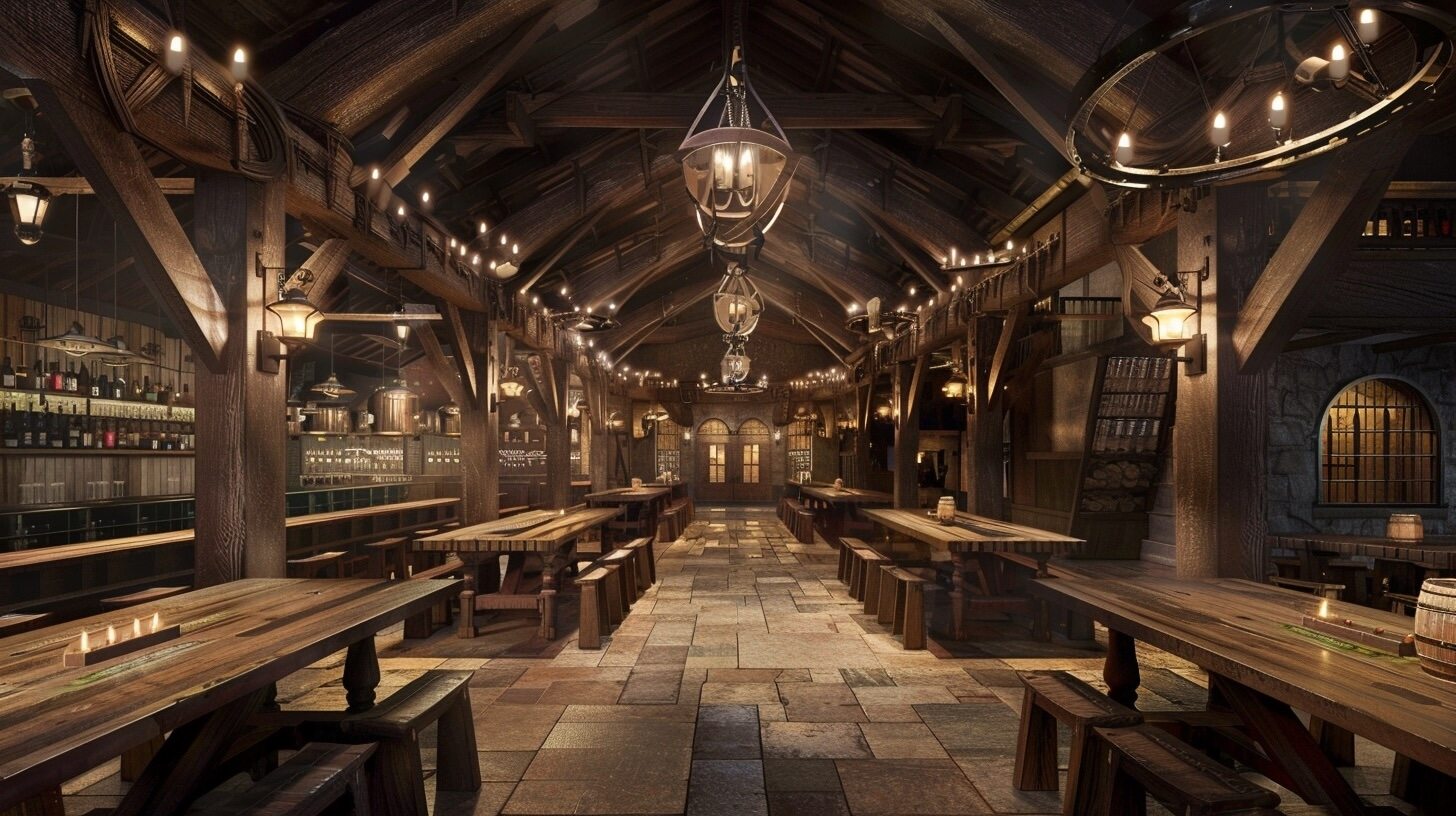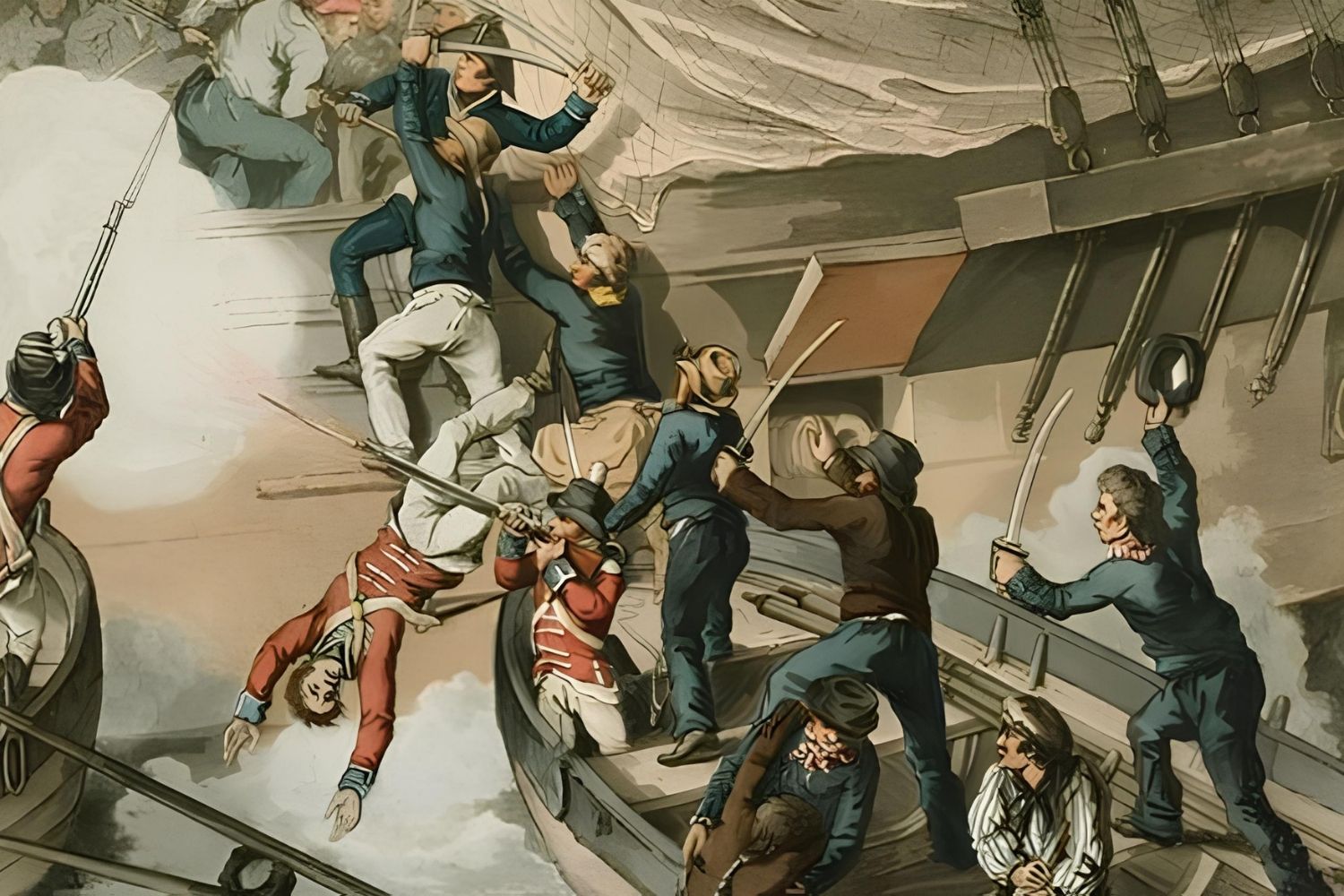Imagine living on an island so remote that it takes a week-long boat trip to reach the nearest continent. Tristan da Cunha, a tiny speck in the South Atlantic Ocean, is the most isolated inhabited island on Earth. With a population of just over 250 people, this volcanic island is a place where everyone knows everyone. There are no airports, and the only way to visit is by ship. The island's unique culture, wildlife, and history make it a fascinating topic. Did you know that Tristan da Cunha is home to the world's most remote settlement, Edinburgh of the Seven Seas? Or that the island's economy relies heavily on fishing and selling postage stamps? These intriguing facts barely scratch the surface of what makes Tristan da Cunha a captivating subject. Why is Tristan da Cunha so special? Because it offers a glimpse into a world where community and nature reign supreme.
Key Takeaways:
- Tristan Da Cunha, the most remote inhabited island, is home to a small, close-knit community with unique wildlife and a rich history. Its isolation presents challenges but also fosters a strong sense of community and hospitality.
- Life on Tristan Da Cunha is unlike anywhere else, with limited technology, a self-sufficient lifestyle, and quirky traditions. Despite its challenges, the islanders' resilience and unique way of life make it a fascinating place to explore.
Tristan Da Cunha: The Most Remote Inhabited Island
Tristan Da Cunha is a tiny speck in the vast Atlantic Ocean. It's the most isolated inhabited island on Earth. Let's explore some fascinating facts about this unique place.
-
Location: Tristan Da Cunha is located about 1,750 miles from South Africa and 2,088 miles from South America. Its remoteness makes it a challenging place to reach.
-
Population: Only around 250 people live on the island. These residents are descendants of just a few families, creating a close-knit community.
-
Language: English is the primary language spoken here, but the islanders have their own unique dialect influenced by their isolation.
-
Currency: The island uses the British Pound, as it is a British Overseas Territory. However, there's no bank on the island.
-
No Airport: There is no airport on Tristan Da Cunha. The only way to get there is by a seven-day boat trip from South Africa.
Unique Geography and Wildlife
The island's geography and wildlife are as unique as its location. Its isolation has allowed for the development of distinct ecosystems.
-
Volcanic Origin: Tristan Da Cunha is a volcanic island. Its last eruption was in 1961, which led to a temporary evacuation.
-
Wildlife Haven: The island is home to many unique species, including the Tristan Albatross and the Northern Rockhopper Penguin.
-
Marine Life: The surrounding waters are rich with marine life, including seals, whales, and various fish species.
-
Conservation Efforts: Due to its unique biodiversity, there are ongoing conservation efforts to protect the island's wildlife.
Culture and Lifestyle
Life on Tristan Da Cunha is unlike anywhere else. The island's culture and lifestyle are shaped by its isolation and natural surroundings.
-
Self-Sufficient Community: Islanders grow their own food and rely on fishing, farming, and bartering for goods.
-
Limited Technology: Internet access is limited, and there's only one TV channel available, which is broadcast from South Africa.
-
Education: The island has one school, St. Mary's School, which provides education up to the age of 16.
-
Healthcare: There is a small hospital on the island, but serious medical cases require evacuation to South Africa.
Historical Tidbits
Tristan Da Cunha has a rich history filled with interesting events and stories.
-
Discovery: The island was discovered by Portuguese explorer Tristão da Cunha in 1506, but it wasn't settled until the early 19th century.
-
British Annexation: In 1816, the British annexed the island to prevent it from being used as a base by the French during the Napoleonic Wars.
-
Shipwrecks: The island's treacherous waters have led to numerous shipwrecks over the years, adding to its mystique.
-
Volcanic Eruption: The 1961 volcanic eruption forced the entire population to evacuate to England temporarily.
Economy and Trade
Despite its isolation, Tristan Da Cunha has a small but unique economy.
-
Fishing Industry: The island's economy relies heavily on fishing, particularly for lobster, which is exported to the United States and Japan.
-
Handicrafts: Islanders create and sell handicrafts, including woolen goods and souvenirs, to supplement their income.
-
Stamps and Coins: Tristan Da Cunha issues its own stamps and coins, which are popular with collectors worldwide.
-
Limited Imports: Due to its remoteness, the island imports only essential goods, making self-sufficiency crucial.
Challenges of Living on Tristan Da Cunha
Living on the world's most remote island comes with its own set of challenges.
-
Isolation: The island's isolation can lead to feelings of loneliness and a lack of access to modern conveniences.
-
Weather: The weather is unpredictable, with frequent storms and strong winds, making life challenging.
-
Limited Resources: Islanders must carefully manage their resources, as resupply ships arrive only a few times a year.
-
Healthcare Access: Serious medical emergencies require evacuation, which can be delayed by weather conditions.
Interesting Facts and Trivia
Here are some quirky and lesser-known facts about Tristan Da Cunha.
-
No Cats Allowed: Cats are banned on the island to protect the native bird population.
-
Unique Postal System: The island has its own postal system, and mail is delivered by ship.
-
No Crime: Crime is virtually nonexistent on the island, thanks to its small, tight-knit community.
-
Annual Sheep Shearing: Sheep shearing is a major event, with the entire community coming together to help.
-
No Fast Food: There are no fast-food restaurants on the island, and meals are home-cooked.
-
Limited Vehicles: There are only a few vehicles on the island, and most people travel on foot.
-
Community Events: Islanders enjoy community events like dances, sports, and fishing competitions.
-
No Street Names: There are no street names on the island, and directions are given based on landmarks.
-
Weather Station: The island has a weather station that provides valuable data for meteorologists.
-
No Mobile Phones: Mobile phone service is unavailable, and communication is primarily through landlines.
-
Unique Cuisine: Islanders enjoy traditional dishes like fishcakes and potato pudding, made from local ingredients.
-
Friendly Locals: Despite their isolation, islanders are known for their hospitality and friendliness toward visitors.
Tristan Da Cunha: A World Apart
Tristan Da Cunha is a fascinating place that captures the imagination with its unique blend of isolation and community spirit. This tiny island, nestled in the South Atlantic Ocean, offers a glimpse into a life that's both challenging and rewarding. With its volcanic landscapes, rare wildlife, and rich history, it's a treasure for those who seek adventure and solitude. The island's residents, though few, are known for their resilience and hospitality, making it a welcoming destination for the few who make the journey. From its remote location to its distinctive culture, Tristan Da Cunha stands as a testament to the enduring human spirit. Whether you're drawn by its natural beauty or its cultural quirks, this island offers an experience like no other. It's a place where time seems to stand still, inviting you to explore its mysteries.
Was this page helpful?
Our commitment to delivering trustworthy and engaging content is at the heart of what we do. Each fact on our site is contributed by real users like you, bringing a wealth of diverse insights and information. To ensure the highest standards of accuracy and reliability, our dedicated editors meticulously review each submission. This process guarantees that the facts we share are not only fascinating but also credible. Trust in our commitment to quality and authenticity as you explore and learn with us.


